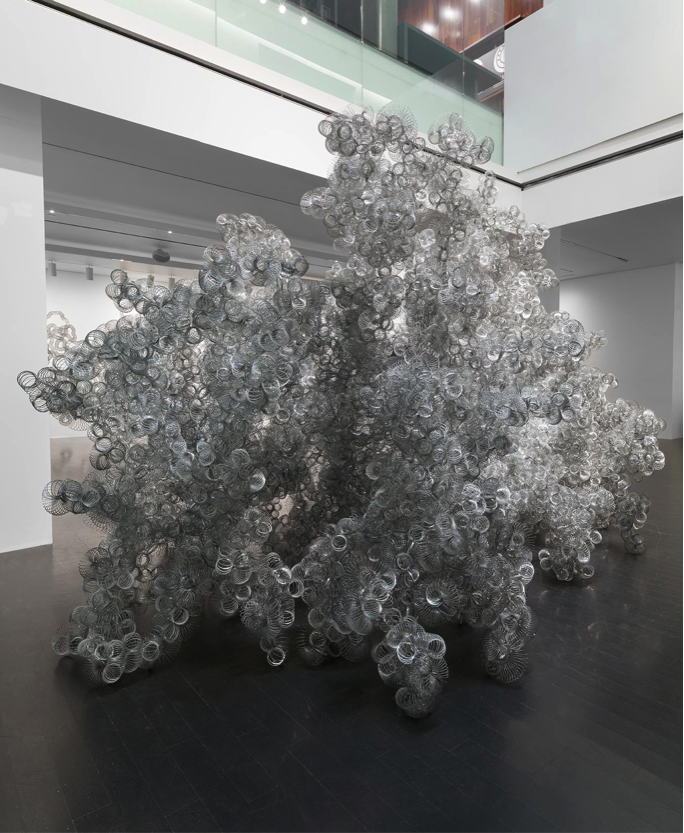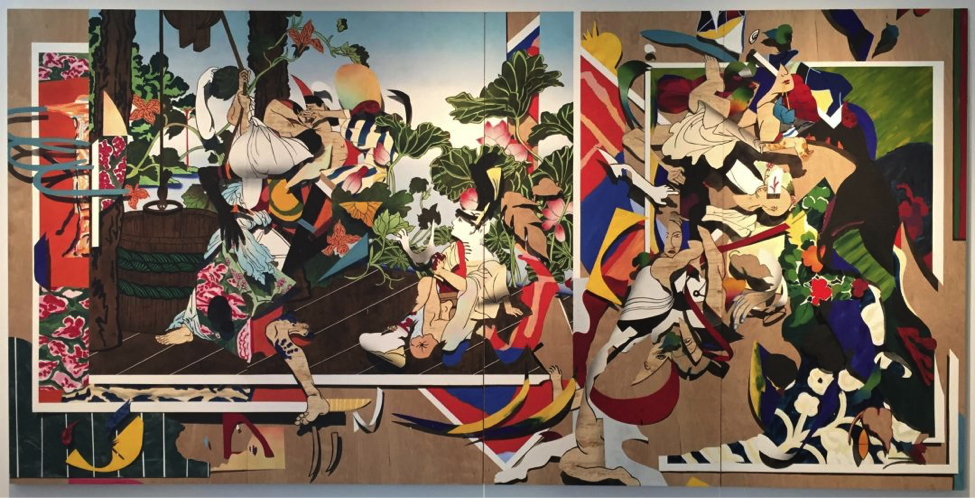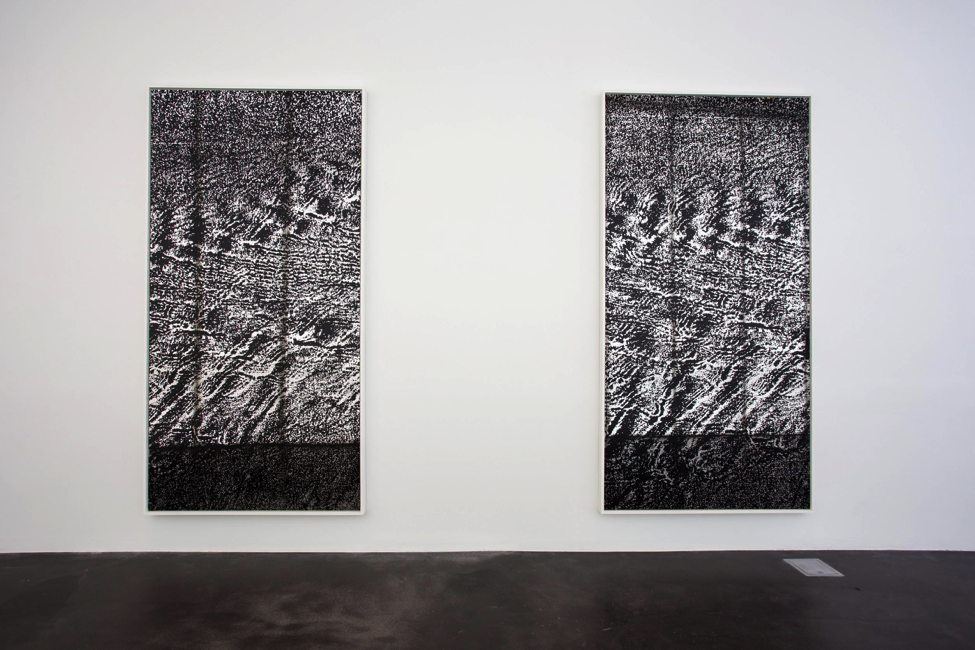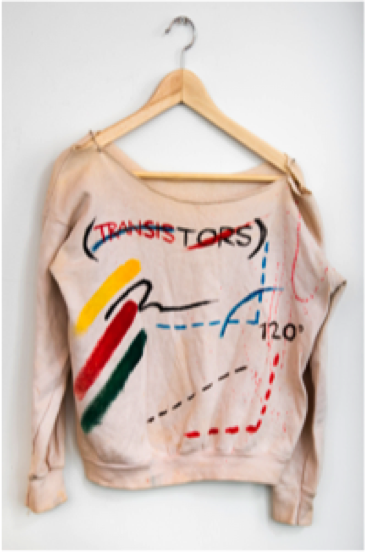Art
May 8, 2020
Ever Wonder Why Works are called Untitled?
Though there have been Untitled works throughout the history of art - some quite famous, some eventually named - the choice to leave an artwork completely open to the viewer’s interpretation is a purposeful one often made by contemporary artists. It is the artist’s way of inviting the viewer to add your own background, experiences, world view, perceptions, and imagination to the work. We wanted to walk down MCA Denver’s memory lane of untitled works of art with you.

Tara Donovan: Fieldwork (Untitled, 2015)
Donovan’s larger-than-life installation, created with thousands of Slinkys, is the ultimate example of inviting the viewer to interpret without the artist’s guideposts. The Slinky has its own internal logic; it moves and dances according to conditions set in motion by its user. Untitled, 2015 evokes many associations: an animal perched on its feet, a whirling fume of smoke, a calligraphic page rendered in three dimensions, and so on. It is an exuberant object, unpredictable in its multidirectional composition and unknowable from a single viewpoint.

Diego Rodriguez-Warner: Honestly Lying, (Untitled, 2016)
Citing imagery from Japanese ukiyo-e prints in his paintings, Rodriguez-Warner combines imagery from these historical works, in which artists were experimenting with illusionistic devices, and adds on to these mash-ups some of his own techniques, namely trompe l’oeil, to create works that undermine representational conventions.

Ryan McGinley: The Kids Were Alright, (Untitled, 1999-2003)
For this series, McGinley took a polaroid of nearly every visitor to his apartment (and studio) over the course of three years, and then had them photograph him. A massive, ambitious project, it was presented at MCA Denver for the first time in 2017.

Mark Mothersbaugh: Myopia, (Untitled Postcards, 1975-2014)
For over thirty years, Mothersbaugh has been producing between one and twenty-five postcard-sized artworks daily, ultimately amassing a collection of over 30,000. Sometimes drawing with a brush on antique postcards salvaged from thrift stores, the postcards are part notebook, part sketchbook, part personal diary. These images have become the source material for many other artworks, including prints, rugs, sculptures, and paintings.

Adam Pendleton: Becoming Imperceptible (Untitled - Water, 2014)
For the surface images of these untitled mirror works, Pendleton appropriates Josef Albers’ photographs of water’s surface, taken in 1929 as part of a larger series of works documenting order and disorder in organic forms and arrangements. Pendelton uses a reflective surface to press the viewer and the present moment together with an abstracted image (and system) from the past, ultimately making us imperceptible.

Basquiat: Before Basquiat (Untitled - Transistors, 1979-1980)
Basquiat earned money for paint and his share of rent by selling clothing and postcards on the street. These sweatshirts are a testament to the artist’s ceaseless creative practice and his experimentation with unconventional surfaces and objects, as well as his interest in the possibilities that might unfold through his remixing of materials.